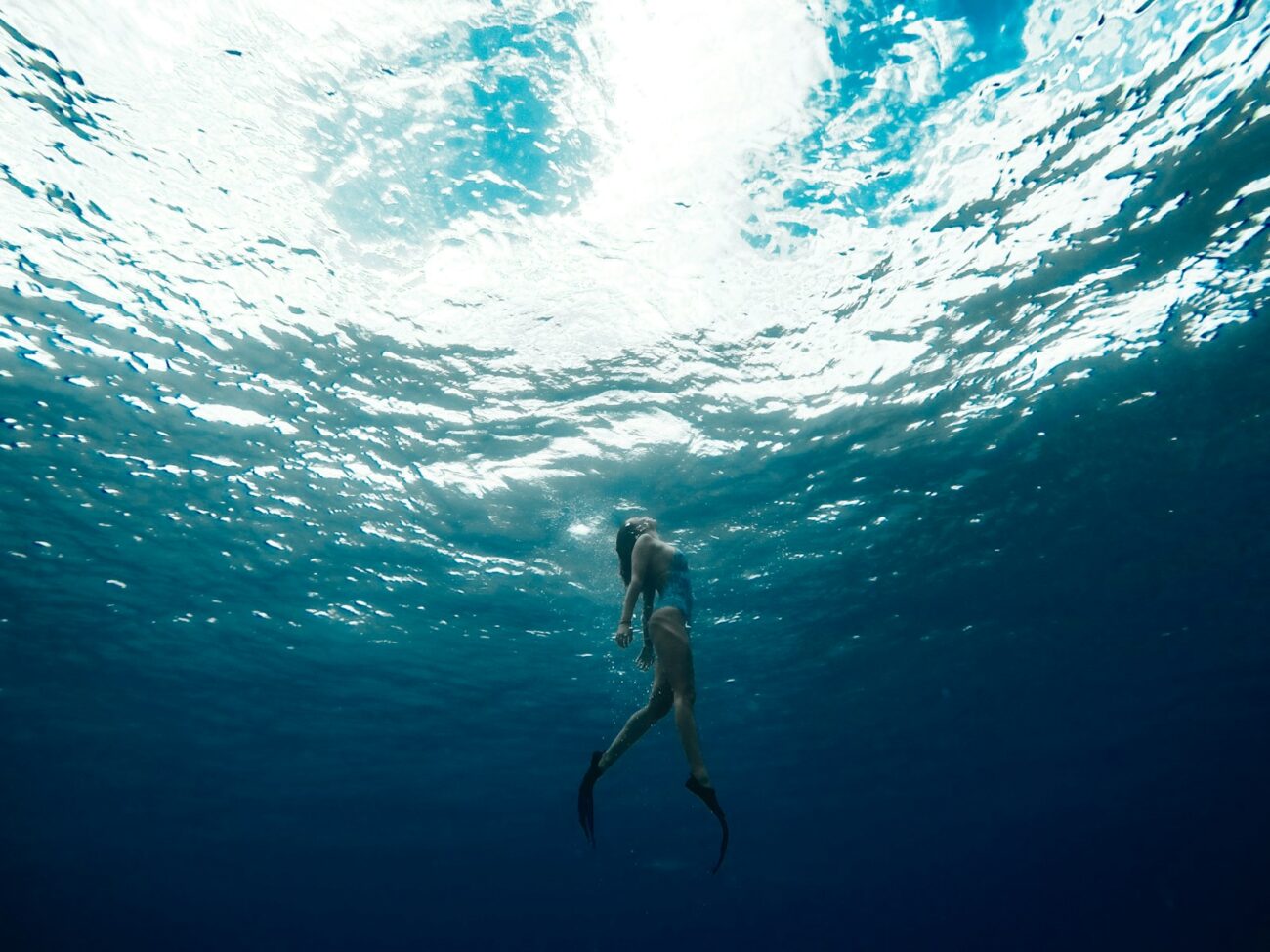Water sports offer an exhilarating way to connect with nature while enjoying physical activity and the therapeutic qualities of being near water. Whether you’re drawn to the calm exploration of underwater worlds, the adrenaline rush of riding waves, or the meditative quality of gliding across still waters, there’s a perfect aquatic adventure waiting for you. Snorkeling, surfing, and stand-up paddleboarding (SUP) represent three distinct yet equally rewarding approaches to enjoying our planet’s waterways. Each sport offers unique benefits, challenges, and experiences that cater to different personalities, fitness levels, and interests. In this comprehensive guide, we’ll dive into these popular water activities to help you determine which might be your ideal match for your next aquatic adventure.
Understanding the Basics: What Each Sport Entails
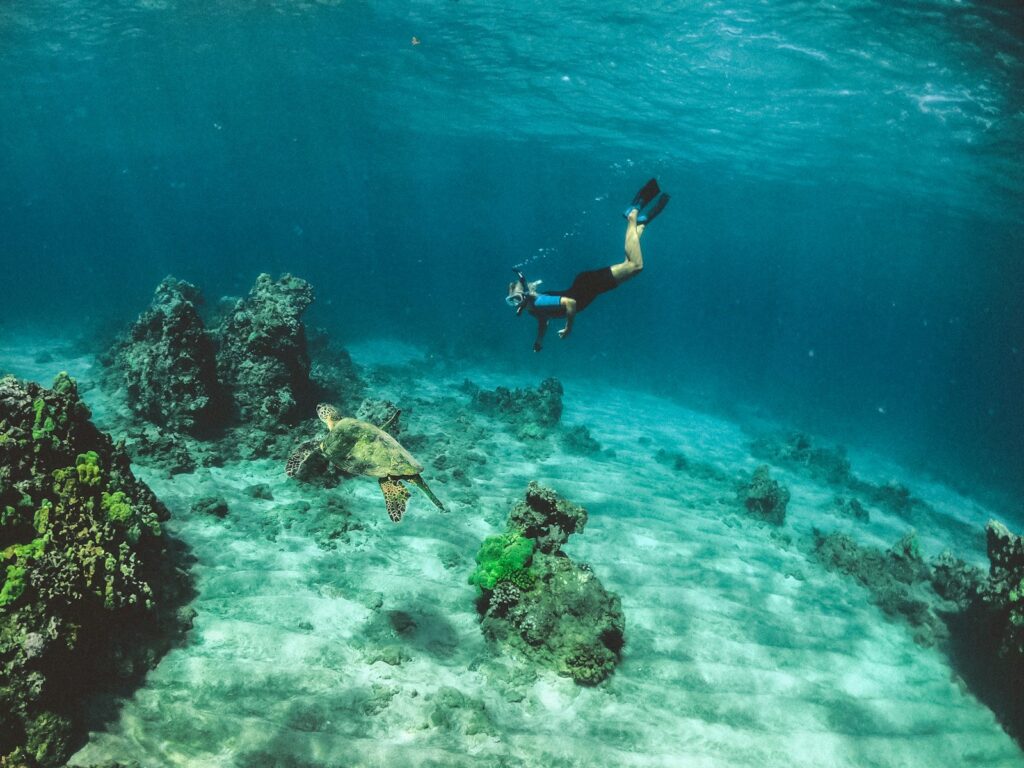
Snorkeling involves floating on the water’s surface while breathing through a tube called a snorkel, allowing you to observe underwater life without the complexity of scuba equipment. Surfing challenges participants to balance on a board while riding ocean waves toward shore, requiring timing, balance, and wave-reading skills developed through consistent practice. Stand-up paddleboarding (SUP) consists of standing on a large, stable board while using a long paddle to propel yourself across the water, offering versatility across different water conditions from calm lakes to ocean waves. Each sport has a distinct learning curve, equipment requirements, and physical demands that influence which might be your best match. Understanding these fundamental differences provides the foundation for making an informed choice based on your personal preferences and circumstances.
Snorkeling: The Gateway to Underwater Exploration
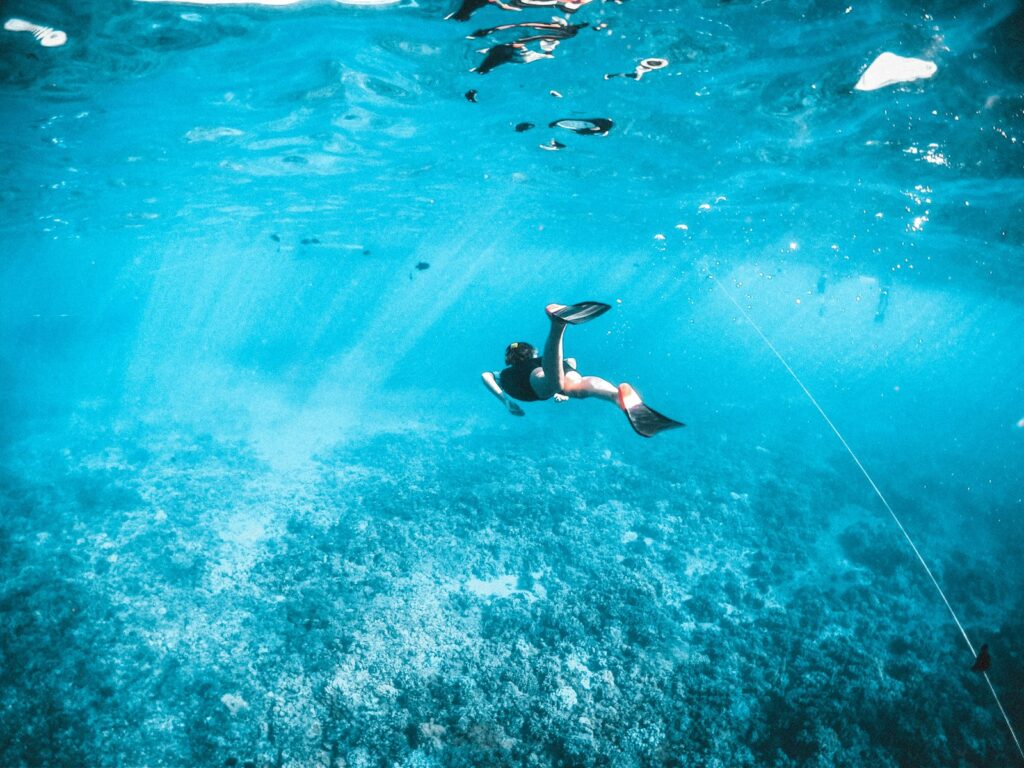
Snorkeling opens a window to the mesmerizing underwater world without requiring extensive training or certification, making it the most accessible option for beginners of most ages and fitness levels. The essential equipment consists of just three items: a mask to see clearly underwater, a snorkel tube for breathing while your face is submerged, and often fins to help with propulsion and energy conservation. This sport offers remarkable rewards with minimal investment, allowing you to witness colorful coral reefs, tropical fish, and other marine creatures in their natural habitats. Snorkeling can be as casual or as intense as you prefer—from gentle floating in a protected bay to more adventurous explorations along reef walls or in deeper waters. The minimal equipment requirements also make snorkeling highly portable, easily fitting into a carry-on bag for spontaneous adventures during travel.
Surfing: Riding the Rhythm of the Ocean
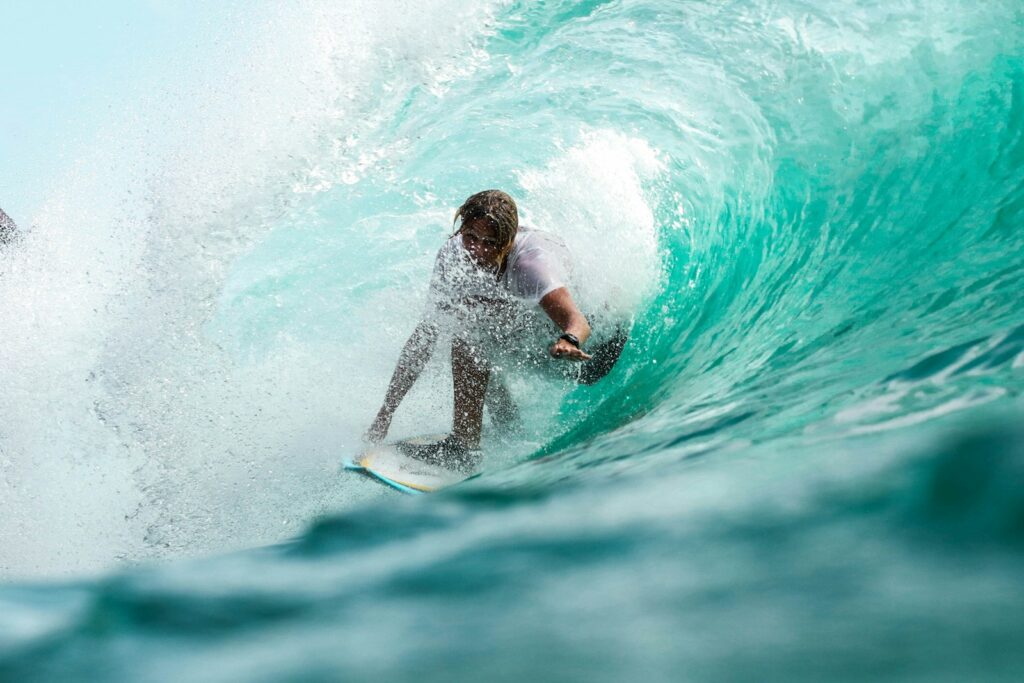
Surfing represents the ultimate dance with nature’s power, requiring patience, resilience, and respect for the ocean’s unpredictable forces. Unlike the immediate gratification of some activities, surfing demands persistent practice to develop the paddle strength, pop-up technique, balance, and wave-reading abilities necessary for consistent success. The learning curve can be steep and humbling, with beginners typically spending more time falling and paddling than actually riding waves. However, this challenge is precisely what makes catching your first wave such a transformative and addictive experience. Surfing culture emphasizes harmony with nature, community, and the pursuit of “the perfect wave”—values that extend beyond the sport into a distinct lifestyle embraced by many dedicated practitioners. Beyond the physical demands, surfing cultivates mental resilience and mindfulness as surfers learn to read conditions, time their movements precisely, and fully immerse in the present moment.
Stand-Up Paddleboarding (SUP): Versatility on Water
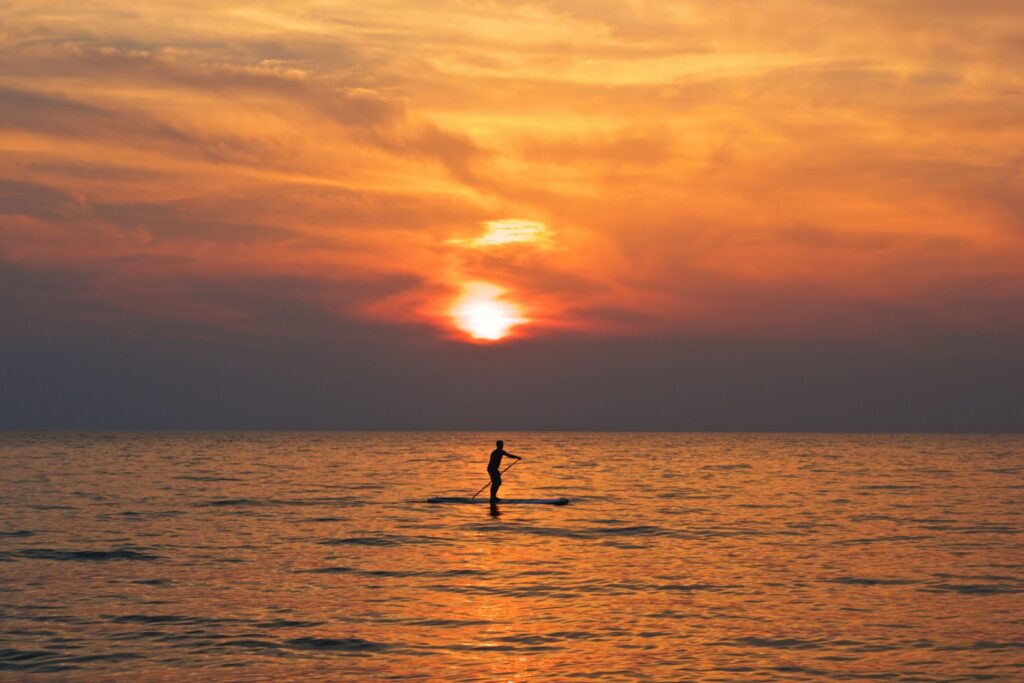
Stand-up paddleboarding has exploded in popularity over the past decade due to its remarkable versatility and relatively gentle learning curve compared to surfing. SUP can be enjoyed on virtually any body of water—from tranquil lakes and gentle rivers to ocean bays and even surf breaks when you advance. The standing position offers a unique vantage point that connects the underwater visibility of snorkeling with a broader perspective of your surroundings, making it excellent for both nature observation and photography. Modern paddleboards come in various specialized designs optimized for different purposes: recreational boards with maximum stability for beginners, touring boards for long-distance paddling, surf-specific SUPs for wave riding, and even inflatable options that pack down for travel or storage. This adaptability extends to the experience itself, as paddleboarding can be a peaceful, meditative activity or an intense full-body workout depending on your pace, water conditions, and personal goals.
Physical Demands: Which Sport Matches Your Fitness Goals?
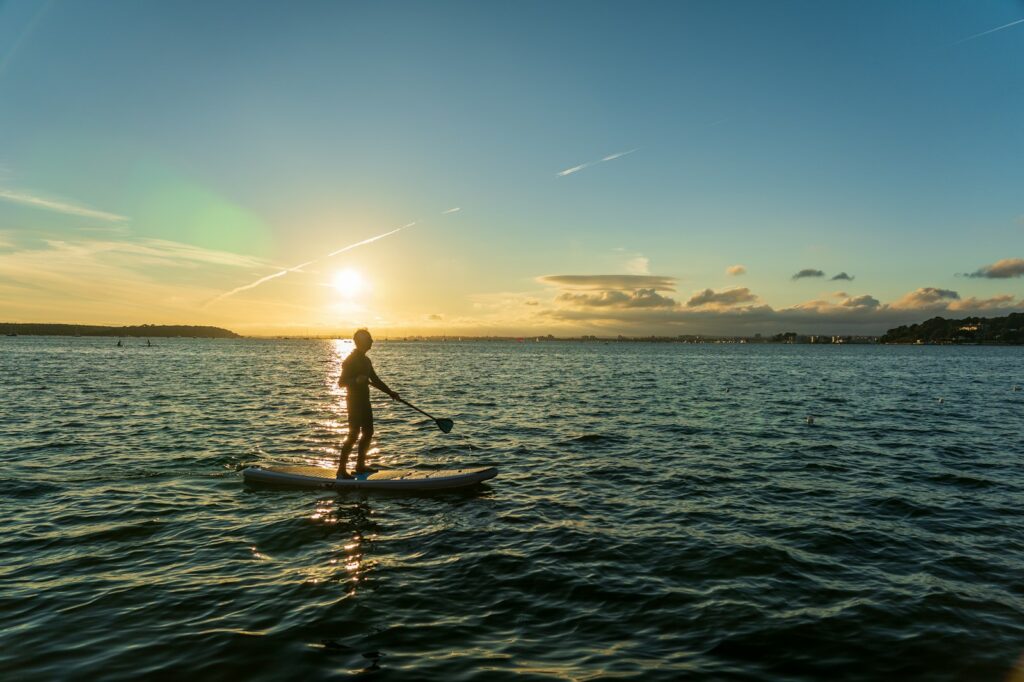
Snorkeling requires minimal fitness for basic experiences in calm waters, primarily using leg muscles when finning and core stability to maintain position, making it accessible for most beginners with basic swimming abilities. Surfing demands significant upper body strength for paddling, cardiovascular endurance, explosive power for the pop-up movement, and exceptional core strength and balance, representing the most physically challenging option of the three sports. Stand-up paddleboarding occupies a middle ground, providing a full-body workout that particularly engages the core, shoulders, and back muscles while allowing you to adjust intensity through paddle pace and water conditions. All three activities improve balance and proprioception (awareness of body position), though in different ways and to varying degrees. The best choice often depends on your current fitness level, physical limitations, and whether you’re seeking a gentle activity or a more demanding athletic challenge that will progressively build specific strength and skills.
Learning Curve: Time Investment for Proficiency
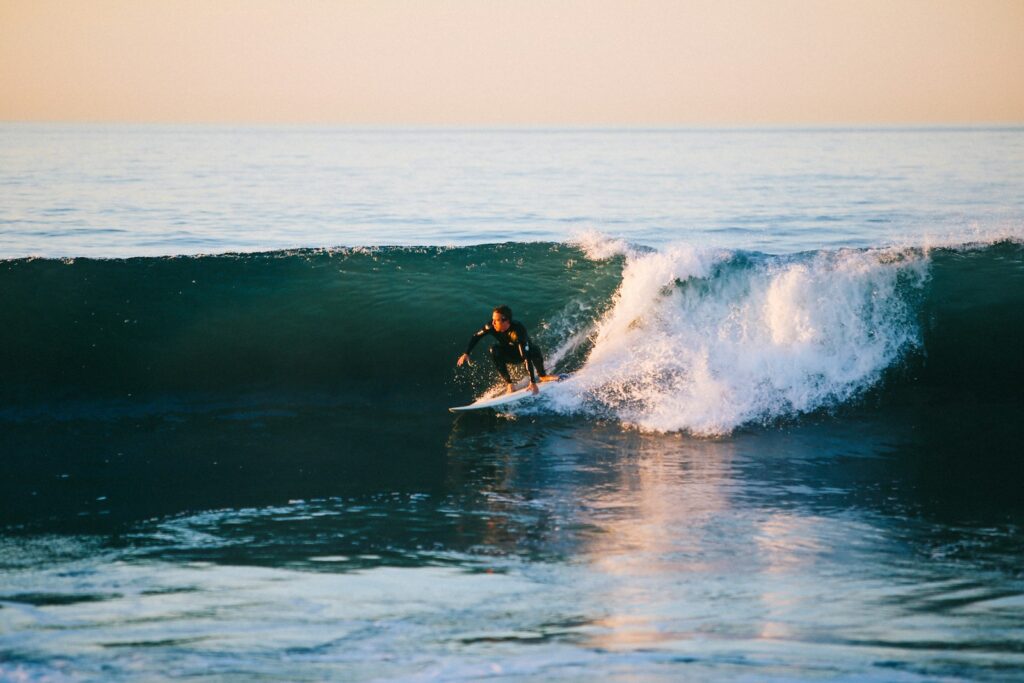
Snorkeling offers the quickest path to enjoyment, with most people becoming comfortable with basic techniques after just one session, though refinements in efficiency and breath control continue to develop with experience. Surfing presents the steepest learning curve, often requiring weeks or months of consistent practice before consistently catching and riding waves independently, with years of progression possible as you tackle more challenging conditions and maneuvers. Stand-up paddleboarding strikes a balance, with most beginners able to stand and paddle on calm water within their first hour, though mastering efficient stroke technique, navigation in varied conditions, or SUP surfing requires ongoing practice. Your available time commitment should influence your choice—snorkeling works well for vacation activities or occasional outings, while surfing demands regular, consistent practice for satisfaction and progress. The learning process itself can be rewarding or frustrating depending on your personality; some people enjoy the gradual mastery surfing requires, while others prefer activities with more immediate gratification.
Geographical Considerations: Where Will You Be Practicing?

Your location significantly impacts which water sport might be most practical and enjoyable for regular participation. Snorkeling requires clear water with underwater visibility and ideally some marine life to observe, making it ideal for tropical destinations, protected bays, or certain freshwater springs and lakes with interesting underwater features. Surfing necessitates consistent waves, limiting it primarily to coastal areas with reliable surf breaks, though river waves and artificial wave pools have expanded options in some inland locations. Stand-up paddleboarding offers the most geographical flexibility, functioning well on lakes, rivers, harbors, and ocean environments, though wind conditions become an important consideration. Beyond water conditions, climate affects your season length—wetsuits extend possibilities in colder regions but add expense and preparation time. When traveling, snorkeling and SUP equipment can often be rented at destinations, while serious surfers typically prefer their own boards, adding logistical considerations for transport.
Budget Considerations: Initial and Ongoing Costs
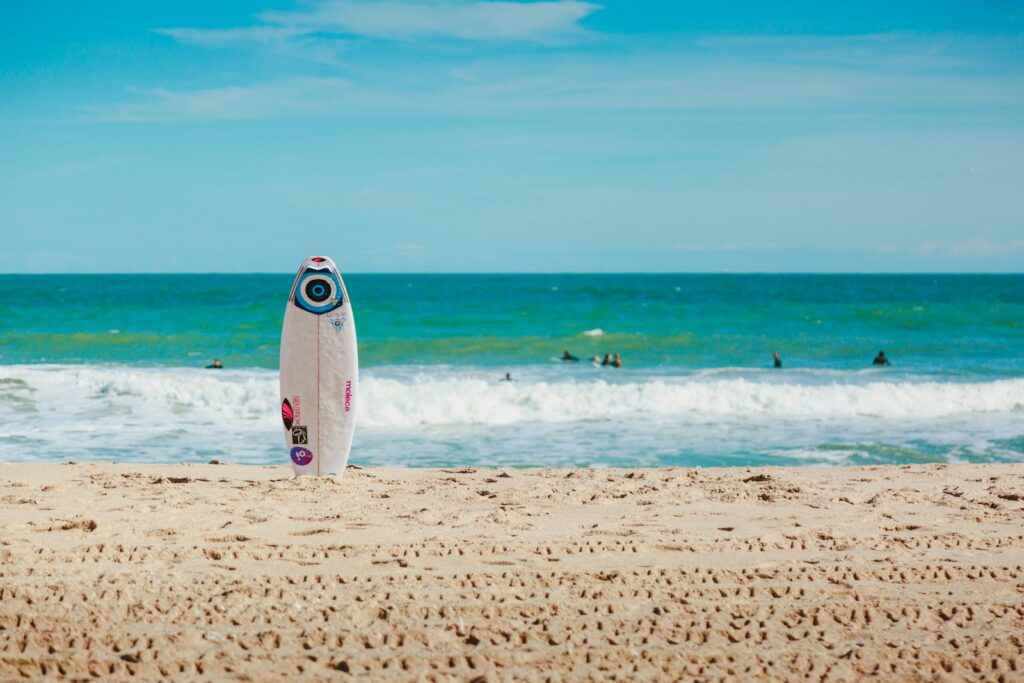
Snorkeling represents the most budget-friendly option, with a quality mask, snorkel, and fins set costing between $50-200, minimal maintenance requirements, and no access fees for most snorkeling locations beyond possible park entry costs. Surfing entails moderate startup costs for beginners (approximately $400-800 for a starter board, leash, and wetsuit if needed), plus ongoing expenses for wax, ding repair, and eventually upgrading equipment as skills progress. Stand-up paddleboarding typically requires the highest initial investment, with complete setups (board, paddle, leash, and PFD) ranging from $500 for basic inflatable packages to $1,500+ for premium hard boards, though quality equipment lasts many years with proper care. Additional factors affecting the true cost include transportation (roof racks, board bags), storage solutions, specialized clothing, and potential membership fees for clubs or facilities with prime access. Rental options exist for all three sports, allowing exploration before committing to purchases, though regular participants find owning equipment more economical and convenient long-term.
Social Aspects: Solo Sport or Community Activity?
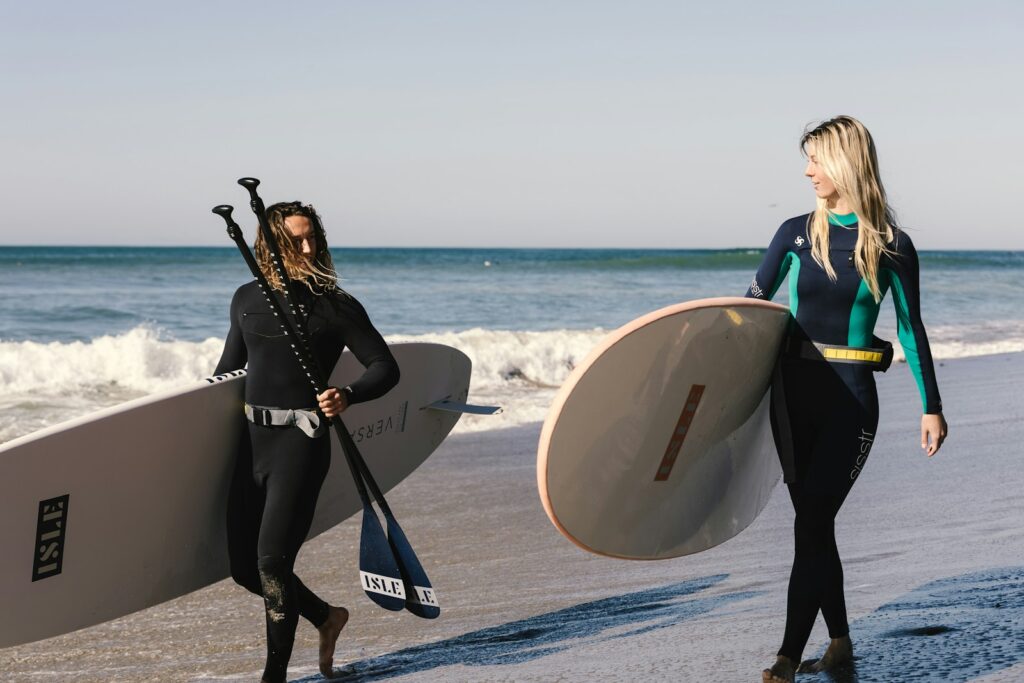
Each water sport offers distinct social dynamics that might align better with your personality and preferences. Snorkeling can be enjoyed either as a peaceful solo activity or a shared experience, with the underwater environment naturally creating moments of individual exploration even within groups, making it adaptable to different social preferences. Surfing has developed rich community traditions and unspoken etiquette around wave priority and lineup behavior, with many practitioners valuing both the solitary aspects of wave riding and the camaraderie of the surf culture that extends beyond the water. Stand-up paddleboarding spans the spectrum from meditative solo journeys to group excursions and organized events like races or yoga classes, with a generally welcoming community that embraces newcomers. For those seeking instruction, all three sports offer lessons and guided experiences, though surfing has the most established teaching infrastructure in popular locations. Many practitioners find that the social connections formed through shared water experiences become an essential part of their enjoyment and motivation for continued participation.
Safety Considerations: Understanding the Risks
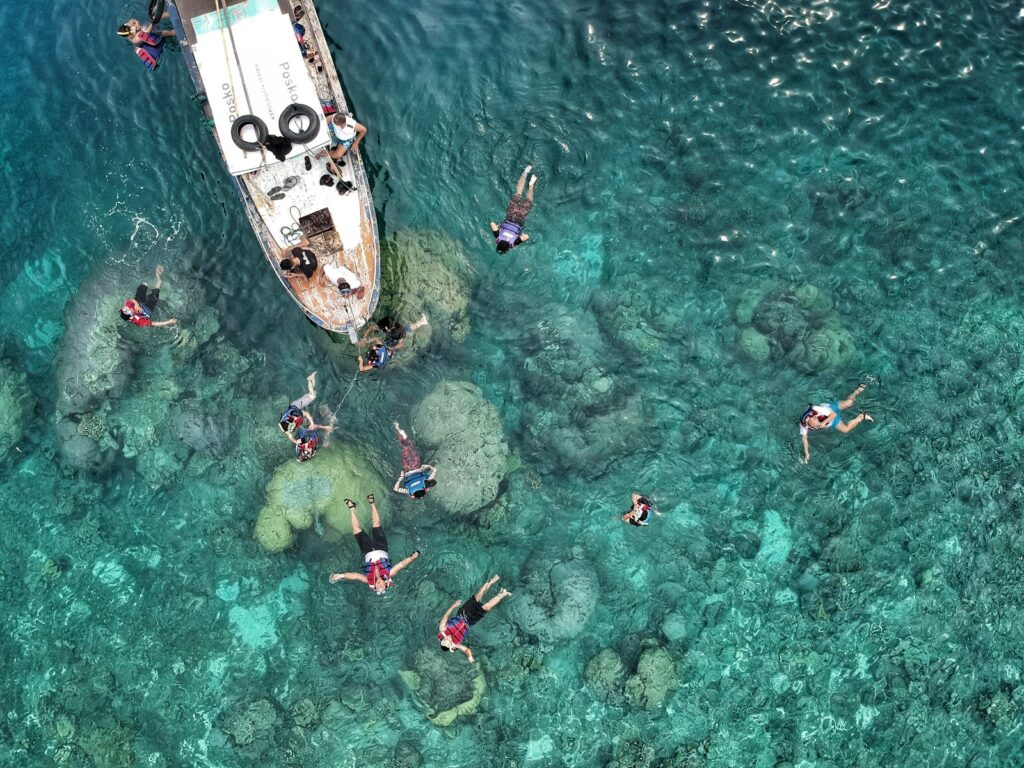
Snorkeling hazards primarily involve marine life encounters, currents, boat traffic, and the rare but serious risk of shallow water blackout for those practicing breath-hold diving, making partner systems and appropriate site selection essential safety measures. Surfing carries risks from powerful waves, underwater obstacles, collision with other surfers or boards, and the potential for being held underwater during wipeouts, requiring wave knowledge, board control skills, and strong swimming abilities. Stand-up paddleboarding presents dangers from falling onto the board or paddle, unexpected wind changes that can make returning difficult, and collision hazards in busy waterways, with wearing a proper personal flotation device (PFD) being a critical safety practice. All water sports share common risks including sunburn, dehydration, and changing weather conditions, necessitating appropriate sun protection, hydration, and awareness of forecasts. Understanding your personal limits, progressing gradually, and respecting water conditions appropriate for your skill level remain the most important safety practices regardless of which activity you choose.
Environmental Impact: Being a Responsible Water Enthusiast

Water sports enthusiasts have both the privilege and responsibility of intimate interaction with aquatic environments, making ecological awareness essential. Snorkelers must practice proper reef etiquette including never touching or standing on coral, maintaining appropriate distance from marine life, and using reef-safe sunscreen to prevent chemical damage to sensitive ecosystems. Surfers contribute to ocean conservation through organizations like Surfrider Foundation that address water quality, beach access, and plastic pollution, while also needing awareness of how surfboard manufacturing materials impact the environment. Paddleboarders should follow clean paddling practices including preventing the spread of invasive species between waterways by properly cleaning equipment, staying clear of sensitive shoreline habitats, and participating in waterway cleanup efforts. All three sports communities increasingly emphasize sustainable practices in equipment manufacturing, with options like boards made from recycled materials, biodegradable wax, and gear built for longevity rather than frequent replacement. By practicing responsible water recreation, participants help preserve these natural spaces for wildlife and future generations of water enthusiasts.
Combining Sports: The Multi-Disciplinary Approach
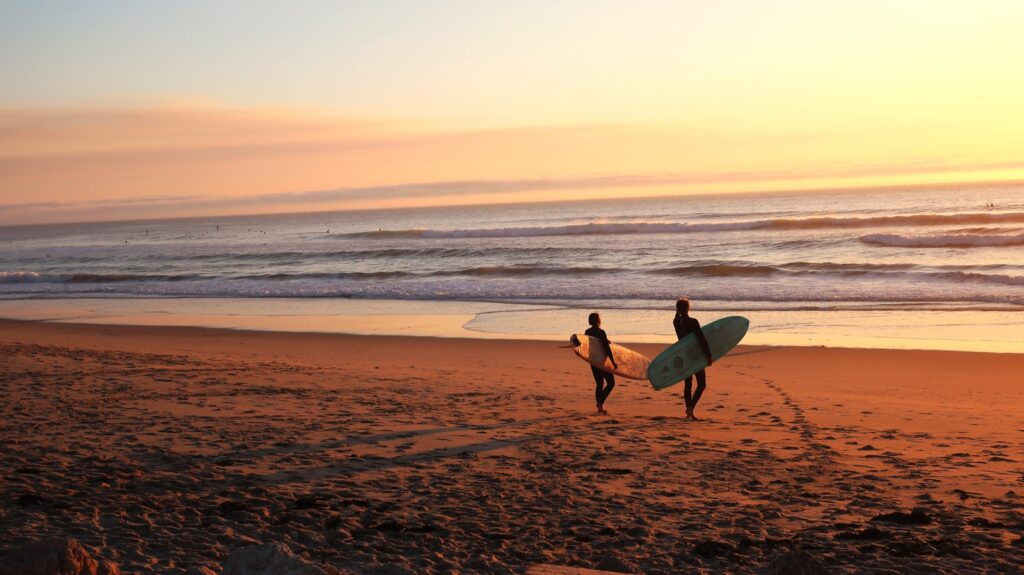
Many water enthusiasts find that practicing multiple water sports creates synergy, with skills and awareness developed in one activity enhancing performance in others. The breath control and efficient swimming techniques from snorkeling directly benefit surfing paddle strength and comfort during wipeouts, while the underwater awareness helps surfers understand how waves interact with reef structures. Stand-up paddleboarding develops core strength and balance that transfers remarkably well to surfing, with many surfers using SUP as cross-training during flat spells or to access distant breaks without depleting energy paddling. Modern equipment innovations increasingly blur traditional boundaries, with specialized SUPs designed for wave riding, snorkel masks compatible with surf sessions, and hybrid boards that function across disciplines. This multi-sport approach also provides practical versatility for different water conditions—having skills in all three activities means you can enjoy the water whether waves are pumping for surfing, conditions are calm for paddleboarding, or visibility is perfect for snorkeling. Embracing multiple water sports often leads to a deeper, more nuanced understanding of marine environments and how different conditions affect water experiences.
Making Your Choice: Decision Factors and First Steps
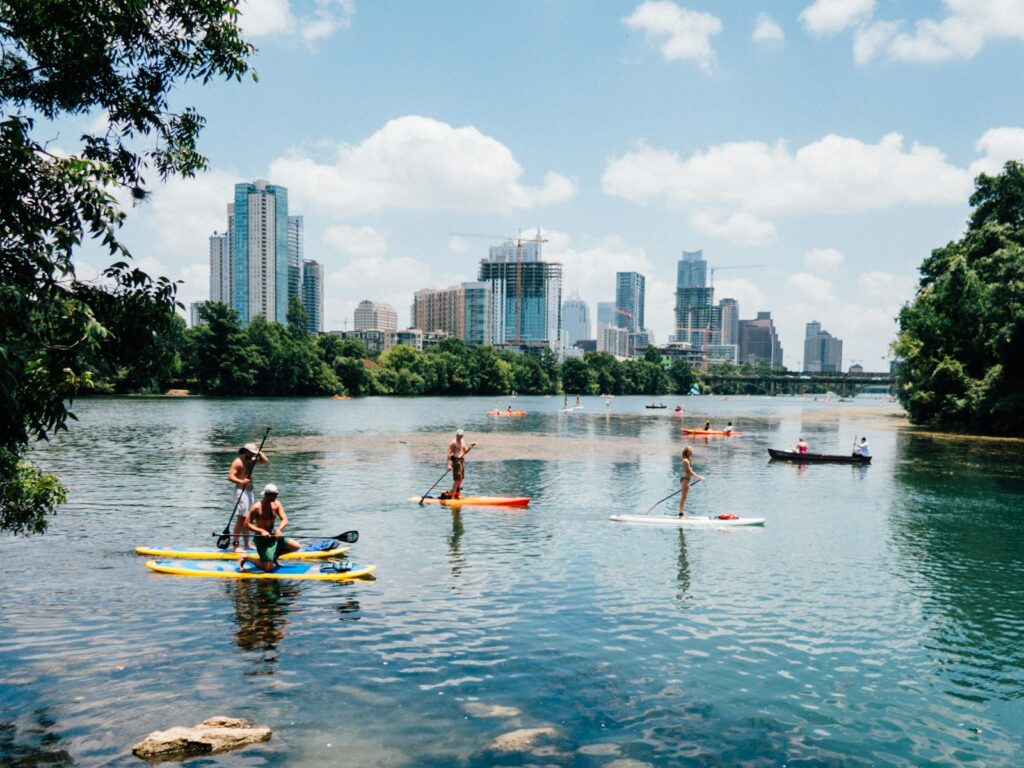
When selecting your water sport, honestly assess your primary motivations—whether seeking adventure, relaxation, fitness, nature connection, or social experiences—as each activity delivers these elements in different measures. Consider practical factors including your local water access, available storage space for equipment, transportation logistics, and whether you prefer quick, spontaneous outings or are willing to plan longer sessions. For beginners, trying before buying through rental equipment and introductory lessons provides valuable firsthand experience before committing to purchases. Many enthusiasts ultimately find that different water conditions and moods call for different activities, making a progression from the more accessible sports (typically starting with snorkeling or SUP) toward eventually incorporating multiple water disciplines the most satisfying approach. Whichever path you choose, remember that developing comfort and confidence in the water environment itself—through basic swimming skills, water safety knowledge, and gradual exposure to different conditions—forms the foundation for enjoyment of any water sport.
Conclusion: Finding Your Water Affinity
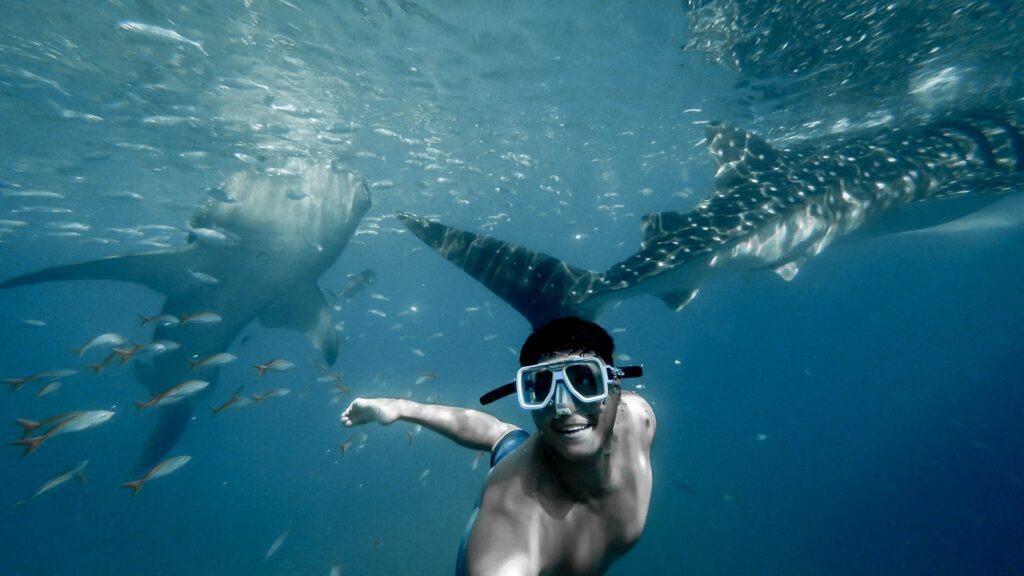
The perfect water sport ultimately aligns with your individual personality, physical capabilities, geographical realities, and what you hope to experience in the water. Snorkeling offers accessible underwater exploration with minimal learning curve, making it ideal for nature lovers seeking immediate immersion in marine environments. Surfing provides an unmatched connection to ocean energy and wave dynamics, rewarding those willing to embrace its challenges with moments of extraordinary flow and freedom. Stand-up paddleboarding delivers versatile experiences ranging from peaceful exploration to vigorous workouts, adaptable to nearly any water environment and skill level. Many enthusiasts find their water sport preferences evolve over time as skills develop, circumstances change, or new opportunities arise. Whatever your choice, each of these activities offers something increasingly precious in our modern world—the chance to disconnect from digital distractions, engage physically with natural environments, and experience the unique perspective that only comes from being on, in, or under the water. The most important step is simply beginning your water journey, allowing yourself the time to develop the skills, awareness, and appreciation that transform these activities from occasional recreation into lifelong passions.

